
A South African ex-pat who currently resides in Kuwait with his family since October 2006 and maintains a full time job as an IT Project Manager delivering and implementing projects in Kuwait and the GCC. An avid naturalist with an interest in wildlife and conservation that started early in his schooling when he was selected to spend a week in Londolozi Game Reserve learning about Conservation and Game Ranger principals. That week had a profound impact, the seed was sown and a passion for birds, photography, wildlife, biodiversity and conservation was instilled.
The Basra Reed Warbler is listed as Endangered because it has a small population which is estimated to be undergoing very rapid and continuing declines owing to extensive, and recently accelerating, drainage of its breeding habitat. All of the images in this gallery were taken in Kuwait between May and September. In 2009 it was confirmed to breed in Kuwait.
24 Photos
The Socotra Cormorant (Phalacrocorax nigrogularis) is a threatened species of cormorant that is endemic to the Persian Gulf and the south-east coast of the Arabian Peninsula. Since 2000, this species has been listed as Vulnerable on the IUCN Red List, on the grounds of its small number of breeding localities and ongoing rapid decline. The decline is caused by coastal development, disturbance and marine pollution near its nesting colonies;
34 Photos
Although this species is widespread and has a large global population, its numbers have declined rapidly in parts of its range owing to changes in agricultural practices. Overall, the global population is estimated to be declining at such a rate that the species qualifies as Near Threatened. All of the images by Mike Pope in this gallery were taken in Kuwait.
29 Photos
This species has a small global population, and is likely to be undergoing continuing declines, primarily as a result of habitat loss and degradation, adult mortality through persecution and collision with powerlines, nest robbing and prey depletion. It is therefore listed as Vulnerable. More information is needed to confirm the size and trends of populations in Asia. Should this information show that the population is larger than currently thought, or declining at a more moderate rate, the species will warrant downlisting to a lower threat category
16 Photos
Egyptian Vulture populations have declined in most parts of its range. In Europe and most of the Middle East, populations in 2001 were half of those from 1980. In India, the decline has been rapid with a 35% decrease each year since 1999. In 1967–70, the area around Delhi was estimated to have 12,000–15,000 of these vultures, with an average density of about 5 pairs per 10 km2.
12 Photos
The Eurasian Curlew, Numenius arquata, is a wader in the large family Scolopacidae. It is the one of the most widespread of the curlews, breeding across temperate Europe and Asia. This is a migratory species over most of its range, wintering in Africa, southern Europe and south Asia. Occasionally, a vagrant individual reaches places far away from its normal range, such as Nova Scotia or the Marianas. It is present all year in the milder climate of Ireland, Great Britain and the adjacent European coasts.
7 Photos
This species has apparently undergone moderately rapid declines across its global range and it is consequently considered Near Threatened. Declines have been most pronounced in northern populations, and if similar declines are observed elsewhere in the species's range it may warrant uplisting to Vulnerable.
19 Photos
Given that this species's range may fluctuate considerably from year to year - particularly in Asia - owing to changing water levels, it is very hard to estimate the global population or trends. There have been rapid declines in Europe, but evidence of declines in the larger Asian populations is sparse, and sometimes contradictory, so it is currently listed as Near Threatened. Evidence of rapid declines in Asia would qualify the species for up-listing to Vulnerable.
15 Photos
This species is suspected to have undergone at least a moderately rapid decline over the last three generations as a result of habitat loss and degradation throughout its breeding and wintering ranges, together with the effects of disturbance, persecution and competition with other predators.
36 Photos
11 March 2013 - Birdlife Globally Threatened Bird Forum Update. Houbara Bustard Chlamydotis undulata is being split into C. undulata and C. macqueenii, following the application of criteria set out by Tobias et al. (2010). C. macqueenii is partially migratory and distributed across West Asia (the Middle East), and parts of South Asia, Central Asia and East Asia. A rate of decline in West Asia of c.25% over 20 years was estimated in 2004 (F. Launay pers. comm. 2004, Tourenq et al. 2004) and the species is described as having declined “sharply” in East Asia (O. Combreau in litt. 2012). An overall estimated decline rate in East Asia of c.40-50% over 20 years, as estimated in 2004 (F. Launay pers. comm. 2004, Tourenq et al. 2004), is thought to remain realistic. If c.70% (East Asia) of the total population is declining by 40-50% and c.30% (West Asia) is declining by c.25%, then the overall rate of decline is likely to be around 35-43% over c.20 years. It is therefore suggested that the species be listed as Vulnerable under criteria A2bcd+3cd+4bcd, on the basis that it is thought to be in rapid and on-going population decline (30-49% over three generations [c.20 years]), owing to hunting pressure and habitat degradation.
6 Photos
The Sociable Lapwing is a wader in the lapwing family of birds. It breeds on open grassland in Russia and Kazakhstan. Three to five eggs are laid in a ground nest. These birds migrate south through Kyrgyzstan, Tajikistan, Uzbekistan, Turkmenistan, Afghanistan, Armenia, Iran, Iraq, Saudi Arabia, Syria andTurkey, to key wintering sites in Israel, Syria, Eritrea, Sudan and north-west India. Birds winter occasionally in Pakistan, Sri Lanka and Oman.
6 Photos
This species is classified as Near Threatened because populations appear to be undergoing a moderately rapid decline. Proposed large-scale soda ash extraction at Lake Natron, the most important breeding colony, although currently on hold, would be disastrous for this species and, were this to happen, the species may qualify for uplisting to a higher threat category
3 Photos

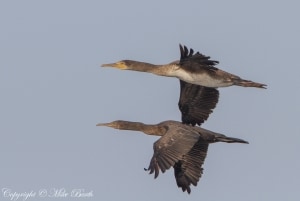

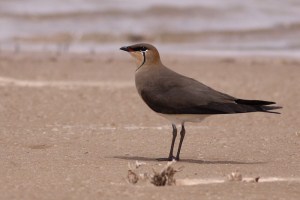
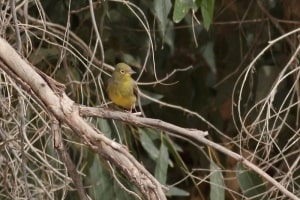

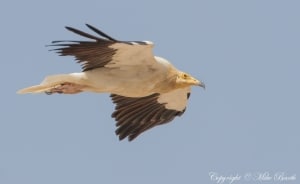


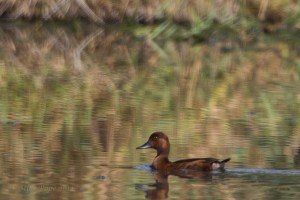
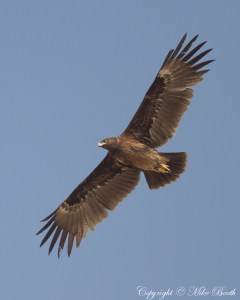

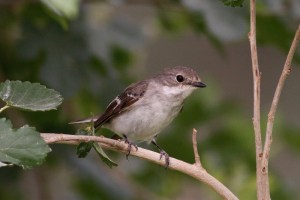
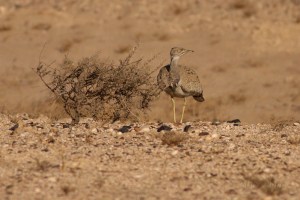
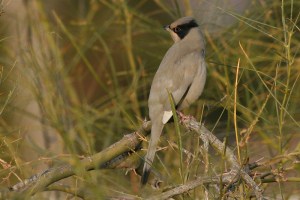
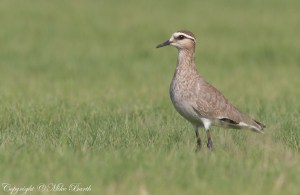
Leave a Reply